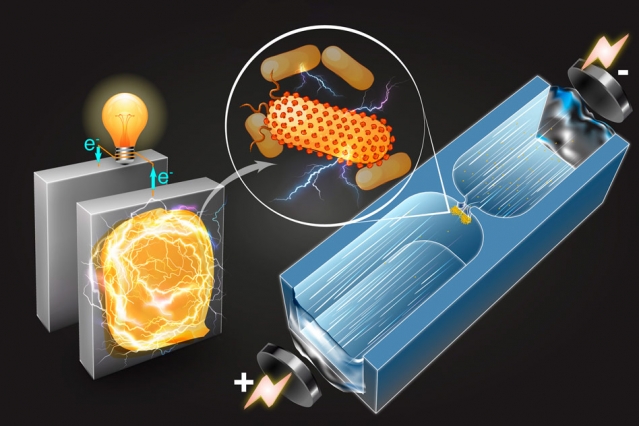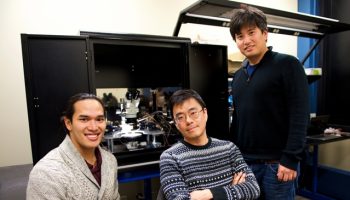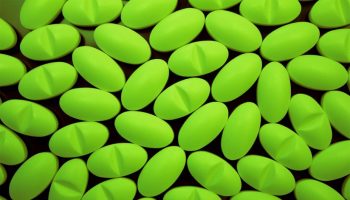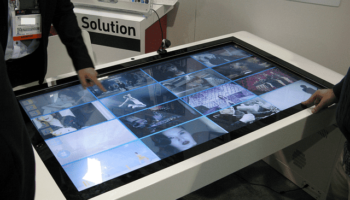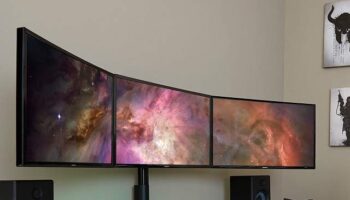When you live in bad conditions you learn to adapt. This is a rule that is common to all living beings and is therefore also applicable to some bacteria. There are certain species of bacteria that live in oxygen deprived areas and in such situations they have to find a way to breathe that does not involve oxygen. These bacteria are found in places deep within mines, at the bottom of lakes and sometimes even in our guts, all these places don’t have much oxygen and they need to adapt. How do they do this you say? These bacteria are able to breathe by taking in and pumping out electrons rather than oxygen. This means these bacteria are also electricity producing bacteria.
The difficulties in Cultivating Electricity Producing Bacteria:
These electricity producing bacteria can be used to run fuel cells, purify sewage water besides a host of other uses. But getting this type of bacteria has been a problem.
Scientists are unable to produce these electricity producing bacteria in laboratories because of the extremely tiny size which is even smaller than a mammal’s cell.
Engineers at MIT have overcome this problem by engineering a way by which they can get small samples of bacteria. They have come up with a microfluidic technique that allows them to produce samples of electricity producing bacteria. This ability to generate electricity is known as polarizability, this microfluidic technique allows scientists to harness electricity from bacteria in a much safer and more efficient manner than what you have today.
This technique also gives the ability to distinguish from different types electricity producing bacteria. Scientists believe that there is a broad range of such kind of bacteria and that electricity producing capabilities are not restricted to a certain kind of bacteria.
How do the Bacteria generate Electricity?
Electricity producing bacteria generate electrons in their cells which then transfers it across their cell membranes via channels made of surface proteins. This process of transfer is known as extracellular electron transfer or EET for short.
Existing Techniques for Acquiring Electricity Producing Bacteria:
Existing techniques for growing electricity producing bacteria involves growing a large batch of such bacteria and measuring the EET activity. This is a time consuming and meticulous process. Still other techniques exist that involve rupturing the cell to probe the protein activity within it.
Using the Microfluidic technique:
Researchers used a microfluidic setup to compare various electricity producing bacteria each possessing a different type of electricity. Such strains include a strain of bacteria that actively produces electricity in microbial fuel cells, also known as “wild- type” bacteria.
Researchers wanted to see whether there is a relation between a bacteria’s electricity producing abilities and its behavior in a microfluidic device conducted under a dielectrophoretic force.
Scientists used the microfluidic device and passed the electricity producing bacteria through it by passing a voltage through the device. When the electricity producing bacteria reached the narrowest part of the device, another stronger voltage was passed through the other side of the device thus trapping the bacteria. Some bacteria got trapped at a higher voltage while others got trapped in a lower voltage setting. This suggests that each type of electricity bacteria reacts differently.

